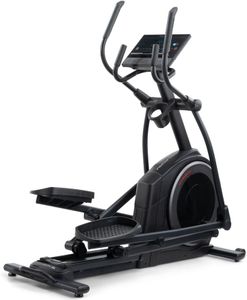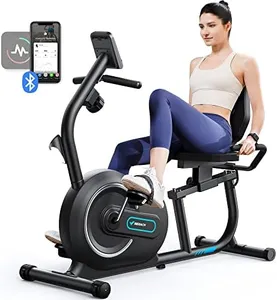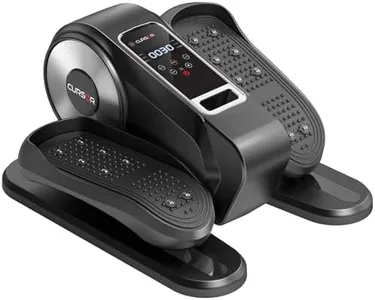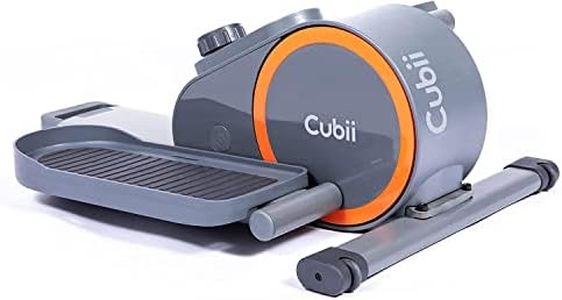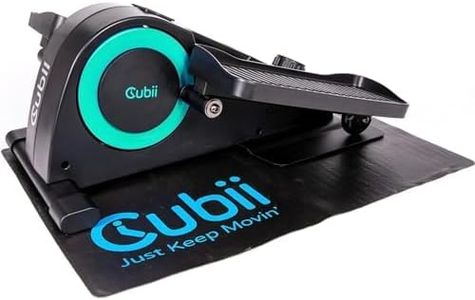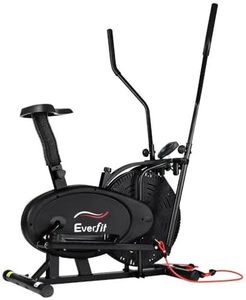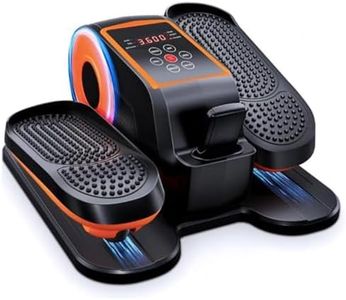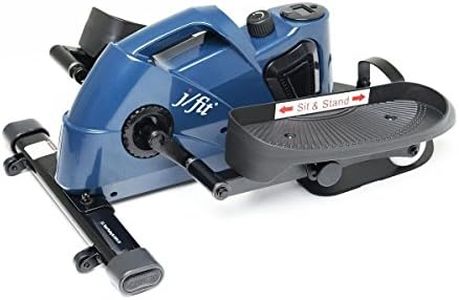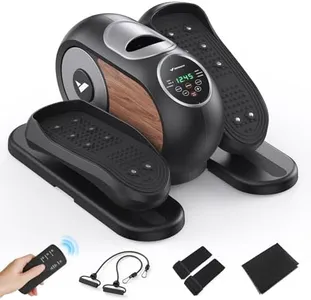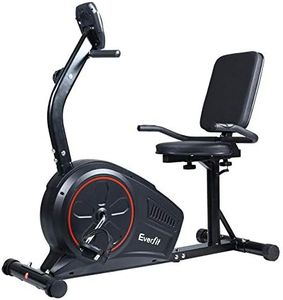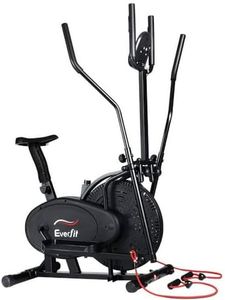We Use CookiesWe use cookies to enhance the security, performance,
functionality and for analytical and promotional activities. By continuing to browse this site you
are agreeing to our privacy policy
10 Best ellipticals
From leading brands and best sellers available on the web.Buying Guide for the Best ellipticals
Elliptical machines are popular fitness equipment designed to provide a low-impact, full-body workout. Choosing the right elliptical can make a huge difference in how comfortable and effective your exercise is. The key is to find a machine that matches your fitness goals, body size, space at home, and preferred workout features. Start by considering where you’ll place it, how often you plan to use it, and what kind of workouts you enjoy. The right elliptical isn’t just about the fanciest features but about what aligns best with your personal use and comfort.Stride LengthStride length is the distance your feet move front to back during each elliptical motion, and it greatly affects how natural and comfortable your workout feels. Shorter stride lengths, often under 16 inches, are suitable for shorter users or compact spaces but can feel cramped for taller people. Average stride lengths around 18 to 20 inches work well for most users of average height, providing a smoother, more natural movement. Longer stride lengths, typically 20 to 22 inches, are ideal for taller individuals or those who want a running-like motion. Choose a stride length that fits your leg length, as it provides comfort and prevents awkward movements.
Resistance LevelsResistance refers to how hard it is to pedal on the elliptical, allowing you to make workouts easier or more challenging. Machines usually provide a range of levels; fewer levels (about 8-12) are fine for beginners or casual exercisers, while a higher number (16 or more) suits those who want varied and challenging workouts. The ability to adjust resistance smoothly is important for gradually increasing workout difficulty as you progress. Think about your fitness goals—if you want gentle exercise or rehabilitation, less resistance may be enough, but for intense training or building strength, more levels are helpful.
Flywheel WeightThe flywheel is the part of the elliptical that creates resistance and a smooth feel when pedaling. Heavier flywheels, usually over 20 pounds, offer smoother and more stable motion, especially when using high resistance or going faster. Light flywheels, under 15 pounds, can feel jerky or less stable, but make the machine lighter and easier to move. For regular and intense exercise, a heavier flywheel is generally better, while lighter flywheels can be fine for occasional or light use.
Incline OptionSome ellipticals let you adjust the incline, changing the slope of your stride and working different muscles. Incline features can be either manual or motorized; motorized inclines are easier to adjust during use. A machine with adjustable incline is good if you want variety in your exercise and the ability to target different muscle groups, while a fixed incline is simpler and suitable for straightforward, steady workouts.
Size and PortabilityEllipticals come in various sizes, with some designed for compact spaces and others for stability and comfort. Full-sized models are larger but usually provide a more comfortable stride and are stable during intense exercise. Compact models fit better in small spaces but might sacrifice stride length or sturdiness. Some machines also have wheels or can be folded for easier storage. Consider your available space and whether you’ll need to move the machine often—pick a model that's a comfortable fit for both your body and your living space.
Preset Programs and DisplayMany ellipticals come with workout programs and built-in displays to help track your progress and add variety. Basic models may offer only a few programs and a simple display for time, distance, and calories, while advanced ones provide lots of pre-set routines, heart-rate monitoring, and even entertainment features. If you’re motivated by changing up workouts or like keeping track of your stats, look for more program options. Otherwise, a simple display may be enough if you just want to hop on and go.
Weight CapacityThe weight capacity indicates the maximum user weight the machine safely supports. Machines with higher weight limits are typically built sturdier and can handle more intense workouts. Lower weight capacities may work fine for lighter users and less intense sessions. Always pick a machine with a capacity comfortably above your body weight for safety and long-term durability.
